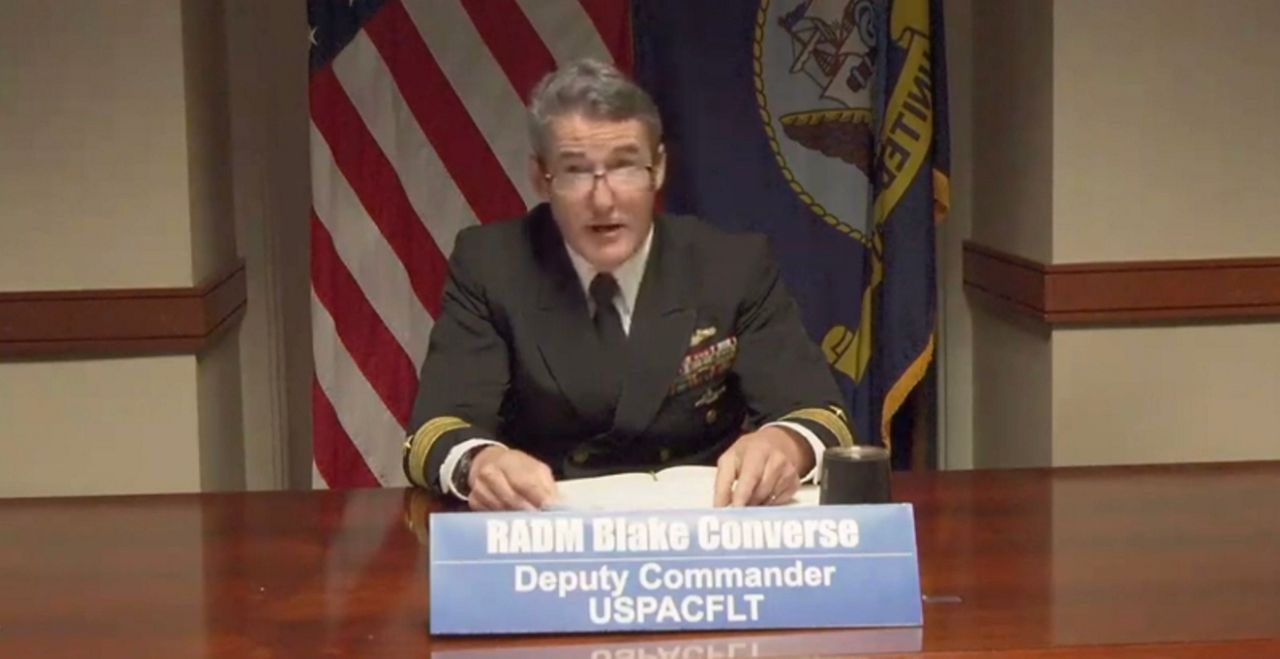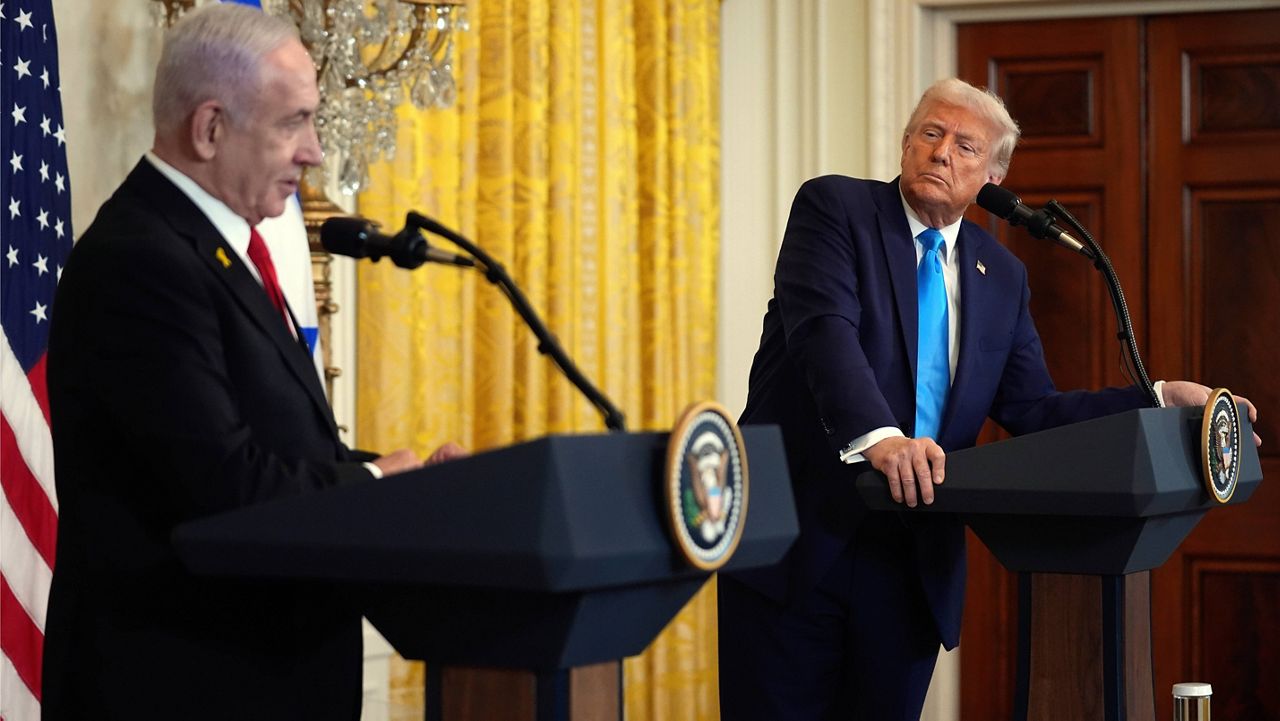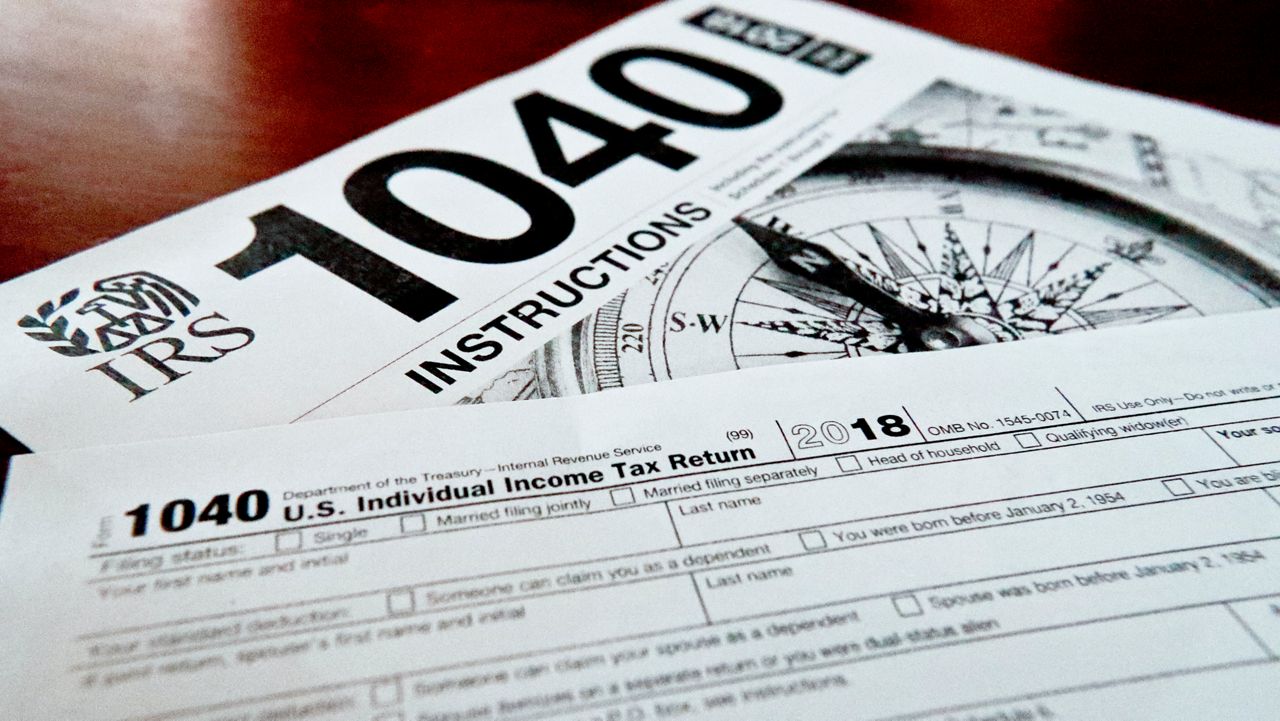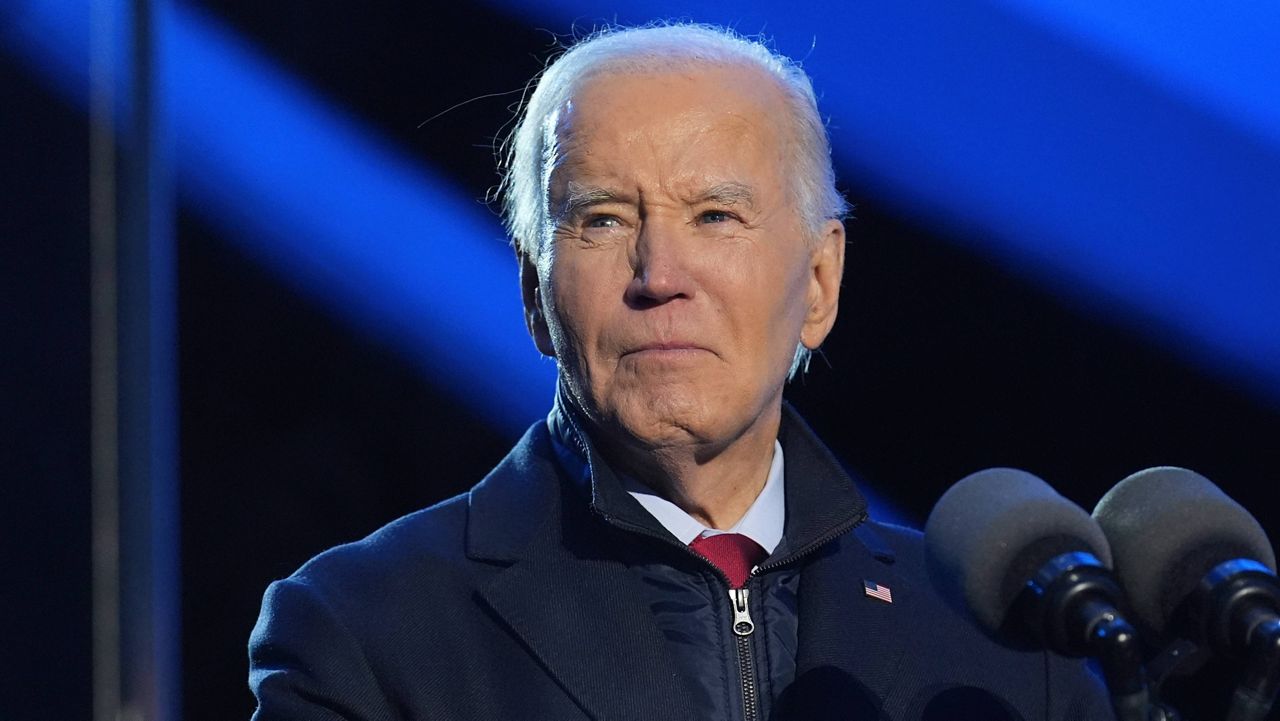WASHINGTON — Navy officials on Tuesday took responsibility for the massive jet fuel leak from an underground storage facility in Hawaii that’s contaminated drinking water, sickened some nearby residents and forced thousands of military families to evacuate their homes.
Testifying at a House Armed Services subcommittee hearing, they said the Navy would work to restore clean drinking water and drain the remaining fuel in the tanks.
“I want to start by saying that the Navy caused this problem. We own it, and we’re gonna fix it,” said Rear Admiral Blake Converse, deputy commander of the U.S. Pacific Fleet.
“This is a personal issue for me, and I am sorry,” said Rear Admiral John K. Korka, head of the Naval Facilities Engineering Systems Command.
Converse and Korka were among the Navy officials called to testify during the virtual hearing about the spill of roughly 14,000 gallons of fuel that contaminated the water supply at Joint Base Pearl Harbor-Hickam just outside of Pearl Harbor on Oahu.
The officials told the subcommittee that the leak has affected more than 9,000 households and that the cleanup and recovery effort has already cost $250 million.
“Not only will we delve into the recent fuel releases from this facility … but we will also discuss the broader issues of whether it is possible to make Red Hill safe enough for continued operation. In addition, we will begin the conversation about whether long-term continued operations [at Red Hill] is the best use of taxpayer resources,” said Rep. John Garamendi, D-Calif., chairman of the House Armed Services Subcommittee on Readiness.
“We must bring the power of congressional oversight to bear on the Department of Defense to ensure that the Navy is doing its job of taking care of our service members, civilians, protecting the island’s precious water resources and determining proper management of this strategic asset,” said Rep. Kai Kahele, D-Hawaii, a subcommittee member.
The Red Hill underground storage facility is made up of 20 massive WWII-era fuel storage tanks that each can hold up to 12.5 million gallons of fuel. The fuel is transported, via pipeline, to piers at Pearl Harbor-Hickam and then used to support U.S. naval operations in the Pacific. The complex sits above an aquifer that provides more than 77% of Oahu’s drinking water.
In December, testing by the Honolulu Board of Water Supply found levels of gasoline and diesel-range hydrocarbons as much as 350 times higher than state-approved levels in the drinking water from a Navy-operated well.
It is the Navy’s contention that the fuel seeping into the well was not the direct result of a leak from the storage tanks. Instead, Converse told members of the subcommittee that they’ve determined “operator error” and “improper operation of the piping systems or auxiliary systems associated with the bottle storage facility, not the integrity of any of the 20 tanks themselves” was to blame.
During the hearing, Navy officials were forced to admit that they did not do enough to ensure the safety and health of Navy families immediately after the contamination was first reported in November.
Rep. Mark Green, R-Tenn., asked the Navy officials, “The Army alerted its soldiers several days ahead of the Navy to stop drinking water, movement of personnel, etc., and I wonder why it took the Navy a few days to echo that or to also initiate that and who is responsible for that delay?”
Rear Admiral Blake Converse said the chief information officer incorrectly said that “the majority of the distribution system was safe” and that the contamination was “impacting only a small number of residents.” Converse added, “Were there miscues in communications? Yes. And was it impactful to our residents…It was based on poor information, and frankly, poor judgment.”
According to a December report issued by a Hawaii Health Department hearing officer, “Men, women and children became seriously physically ill. Pets became ill,” because of the contamination.
“Our medical teams have screened over 5,900 patients during this event … patient’s symptoms are consistent with an acute environmental exposure event. Patient’s symptoms consist of the following: nausea, vomiting, headache, diarrhea, skin or eye irritation,” confirmed Captain Michael McGinnis, Commander and Surgeon for the U.S. Pacific Fleet, during the hearing.
House Armed Services Subcommittee on Readiness Hearing: #RedHill Bulk Fuel Storage Facility https://t.co/1nmG7StXiu via @FacebookWatch
— Hawaii State Department of Health (@HawaiiDOH) January 11, 2022
Ariana Wyatt, a military wife and mother of a 3-year-old daughter, said that her family is among those who have fallen ill. The young mother told Spectrum News in late December that her family has been dealing with a variety of gastrointestinal issues since drinking and bathing in contaminated water.
Wyatt also reported that her daughter had lost some of her hair and was currently dealing with thyroid issues after being exposed. Wyatt and her family left their home for several days after the contamination was first discovered but have since returned home even though they still cannot use the tap water. The family uses a hotel room, provided at the Navy’s expense, from time to time to take showers and wash their clothes.
“A few of the immediate actions that were taken with our sister services and non-federal entities to support affected personnel and their families include enabling temporary lodging for those in need … continue to distribute bottled water ... on a daily basis. Set up an emergency Family Assistance Center and call center and establish alternate shower and laundry services in several housing areas,” said Vice Admiral Yancy Lindsey, Commander of Navy Installations Command.
The costs are expected to go even higher over the next several weeks as Navy officials said that they did not expect to have families move back onto the base with access to clean tap water until late January to mid-February.
Another member of Hawaii’s Congressional delegation, Democratic Rep. Ed Case, demanded assurances from the Navy officials that they would accept accountability and follow through with their promises to address what happened and ensure that this never happens again.
“Certainly, this hearing is being closely monitored by the Department of Defense’s personnel, as well as lawyers. And I would ask for a specific confirmation from them that the State of Hawaii has the legal authority to implement and enforce its emergency order … Admiral, I appreciate and commend the Navy on agreeing to comply with the emergency order but it is coming off as a voluntary compliance and a voluntary compliance can at some point in the future be reversed. That is the fear of the state of Hawaii. So, I would strongly urge the Navy and the Department of Defense … to confirm that the state of Hawaii does in fact have this authority. That’s my strong advice to you,” Case said.
The future of the Red Hill storage facility remains uncertain. While the Navy said it was taking steps to comply with a state Department of Health order to empty its fuel tanks, discussions about constructing a new facility and any other alternatives will only be discussed behind closed doors.
Garamendi said that classified hearings on Red Hill would happen at a later date.
“We’re not going to go into the [future] solutions in great detail today other than making sure that we talk specifically about Red Hill and its operations. Beyond that, it will be rather general,” he said.
Some concerns about what closing Red Hill would mean for national security were discussed but took a backseat to concerns about the environmental and health effects of the leaking jet fuel.
“I am somewhat concerned that any long-term effort to entirely defuel Red Hill will have some significant national security consequences,” said Rep. Michael Waltz, R-Fla. “But I am supportive of initially defueling Red Hill to a level that supports our surge requirements and additionally defueling [Red Hill] at a future point should be aggressively pursued.”
The Navy, according to the Health Department’s Emergency Order, now has until Feb. 2 to fully comply with its order to empty all the tanks at the facility.
Navy officials said that they were concerned with the compressed timeline but were committed to meeting the deadline.









